In particular, I was trying to understand the behavior of this precision rectifier given an input wave \$V_{in}=V_{o}sin(\omega t)\$. To my understanding, the circuit reduces to what we have in the left for \$V_{in}>0\$ (first half-wave) and whenever \$V_{in}<0\$ the voltage polarity on the diode becomes positive and we move to what we have in the right.
 So now, we're in the second half of the wave \$V_{in}<0\$ and we will remain there so long as the voltage polarity on the diode is positive. I'm confused because given the two equations that I have the polarity on the diode will be positive no matter what; \$V_{out} > V_{Y}\$ always holds true due to the second equation because \$V_{ON}\$ should be constant. Meanwhile, I think that there should be a way for us to transition to what we have in the left again once \$V_{in}>0\$, so what am I missing?
So now, we're in the second half of the wave \$V_{in}<0\$ and we will remain there so long as the voltage polarity on the diode is positive. I'm confused because given the two equations that I have the polarity on the diode will be positive no matter what; \$V_{out} > V_{Y}\$ always holds true due to the second equation because \$V_{ON}\$ should be constant. Meanwhile, I think that there should be a way for us to transition to what we have in the left again once \$V_{in}>0\$, so what am I missing?
Edit: In the picture, \$V_{y}-V_{on}\$ should indeed be \$V_{y}+V_{on}\$